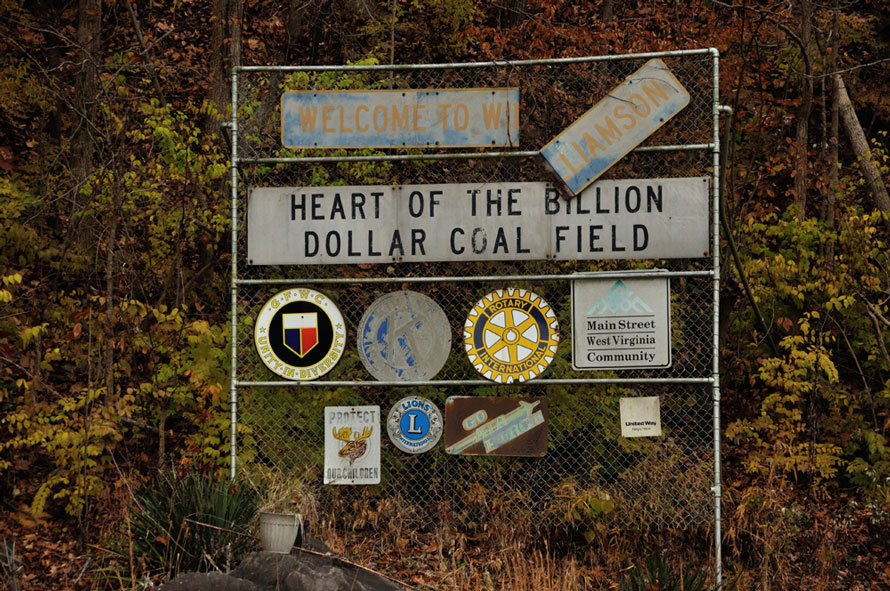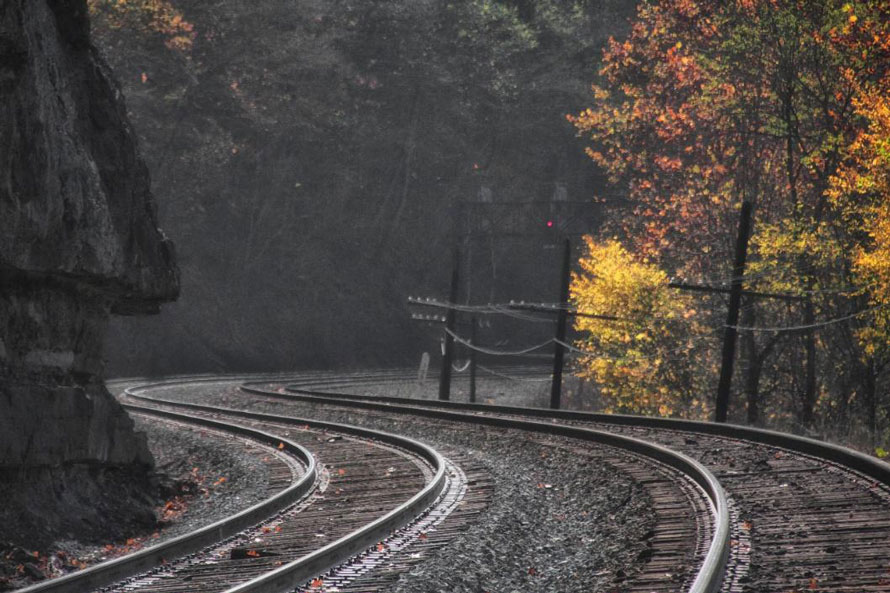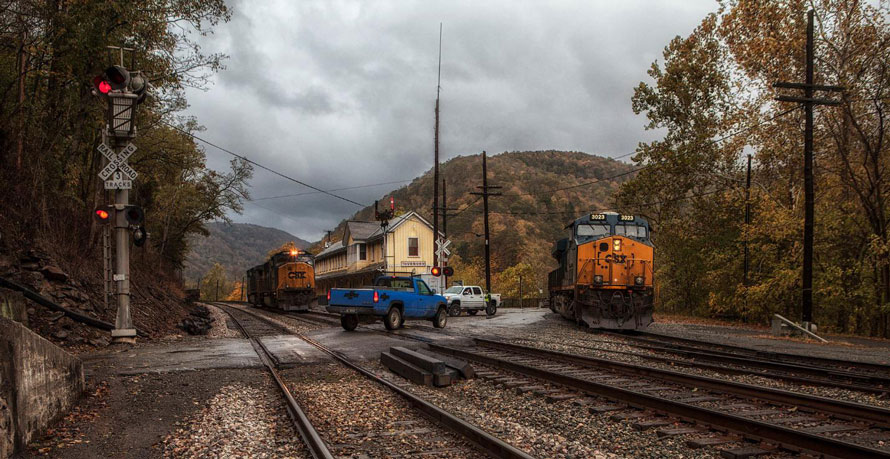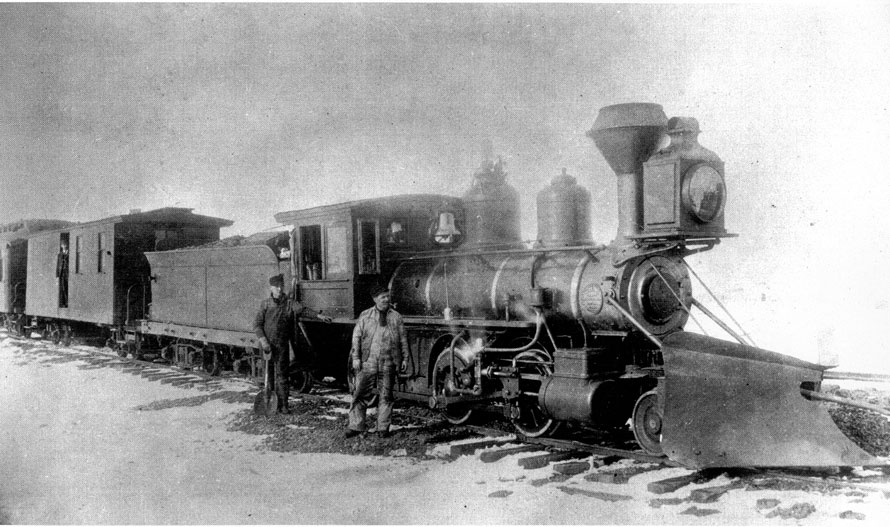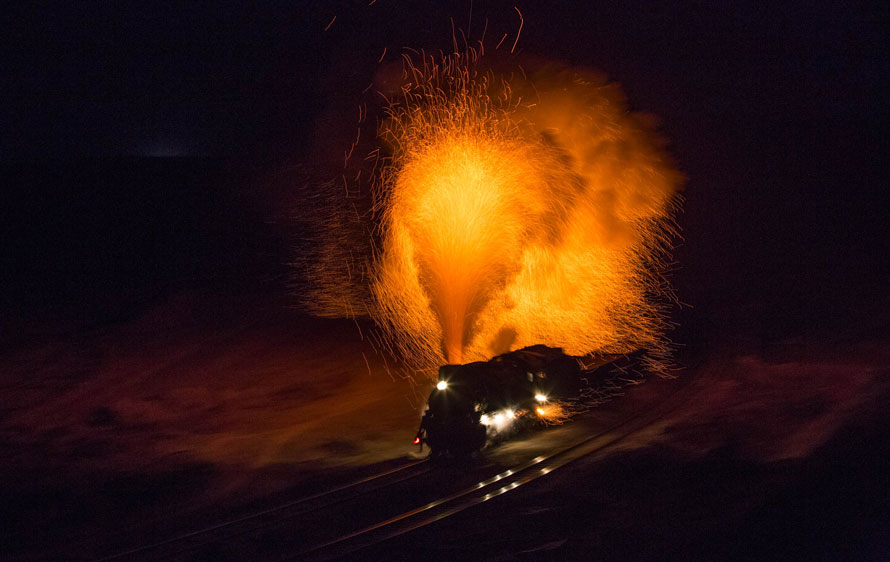
Just before I step out into the unlit hotel hallway, I grab a few packs of Marlboros and stuff them into my bag. My room door is stuck and needs a good, forceful yank to close the latch. I fear every guest has been awoken by the racket, so with soft steps, I walk down the stairs and continue past the police officer sleeping on the lobby sofa, helmet on the short table next to her. As I open the lobby door I am greeted by frigid February air saturated with the sweet, but the harsh smell of burning coal, a smell I had grown to love.
Illuminated by the glow of the trunk light of his Volkswagen, our guide Jun waits for me and my friend and fellow photographer, Todd. Jun will be taking us from our Sandaoling hotel to the last dragons just a few miles away.
Read more